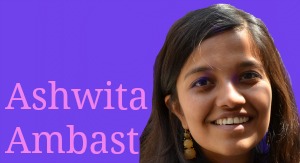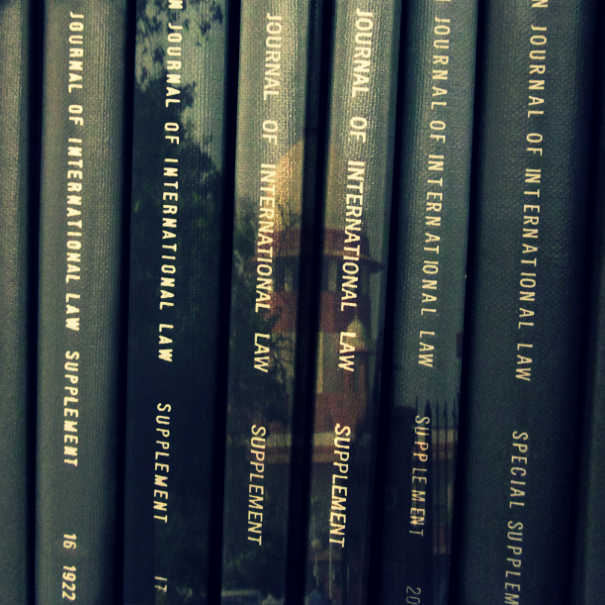 How is Indian legal scholarship used by Indian courts? We have already touched upon the use of peer review in Indian journals. Now, let us look at the judiciary and legal scholarship. The jurisprudence of courts of law in India is littered with references to scholarship from India as well as from abroad. Here are some of the reasons the judiciary has used law journals.
How is Indian legal scholarship used by Indian courts? We have already touched upon the use of peer review in Indian journals. Now, let us look at the judiciary and legal scholarship. The jurisprudence of courts of law in India is littered with references to scholarship from India as well as from abroad. Here are some of the reasons the judiciary has used law journals.
To establish a nascent position of law
First, law reviews are used to establish a new position of law that is still nascent. A good example of the use of foreign scholarship is R. Rajagopal v. State of Tamil Nadu. This case famously referred to the article, “The Right to Privacy” by Louis Brandeis and Samuel Warren in order to establish the recognition and establishment of the right to privacy as a distinct entitlement to be provided to citizens by the state. In Official Liquidator v. United Commercial Bank, the Kerala High Court had to determine the priority of the rights of workers against those of secured creditors in the course of the winding up of a company. The court referred to academic writing in the Journal of the Indian Law Institute to buttress its characterisation of the right of workmen in this context as a social welfare effort of the state.
For clarity in the position of law
Second, the judiciary may use articles to arrive at an unambiguous position of law where clarity is lacking. In Gramaphone India v. Birendra Bahadur Pandey, the question before the Supreme Court was about the definition of the term “import” under Section 53 of the Copyright Act, 1957, in reference to whether certain materials that were illegal in India could be brought through India into Nepal. Here, the Court referred to an article by Johan H.E. Fried (Nepal’s representative at several relevant UN Conferences) in the Indian Journal of International Law on the interpretation of the 1965 Convention on Transit Trade of Land-Locked States.
To identify problems with the current position of law
Third, academic articles are used to understand different aspects of problems associated with the existing position of law that the judiciary ,ust account for. For instance, in 2009, in the seminal death penalty decision of Bacchan Singh v. State of Punjab, two judges of the Supreme Court referred to an article by A.R. Blackshield in the Journal of the Indian Law Institute to note the problem of subjectivity in death penalty decision-making contributing to arbitrariness. On a similar note, the Court referred to a piece by Arvind Datar in the National Law School of India Review to point out some errors in the manner in which Indian courts have been treating the idea of res extra commercium.
To justify the use of an established position
Finally, extracts from scholarships are frequently used to justify a judicial approach predicated on an established position of law. In Ediga Anamma v. State of Andhra Pradesh, Justice Krishna Iyer, referring to a piece in the Yale Law Journal, lyrically stated that “(a)s a judge, I am bound to the law as I find it to be and not as I fervently wish it to be”. Accordingly, he held that despite personal predilections, individual judges are bound by the fact that the death sentence was constitutional.
While it is apparent that the Indian judiciary finds legal scholarship useful, there is less clarity on other, more nuanced questions.
Is this utility sustained and has it changed over time? Scholarship in the United States has closely scrutinised how different courts have used journal articles. For instance, in 2012, Brent Evan Newton of the Georgetown University Law Center conducted an extensive study of the characteristics of articles that were most frequently cited by judges. The general prognosis is overwhelmingly weak and describes a decline in the utility of scholarship for courts. In fact, several prominent members of the American judiciary have displayed open scepticism regarding the value of American legal scholarship. Chief Justice Roberts of the Supreme Court of the United States famously stated that “law review articles are not particularly helpful for practitioners or judges”, a thought echoed at various points by other judges of the Court including Justice Breyer (“there is evidence that law review articles have left terra firma to soar into outer space”) and Justice Scalia.
Another area that is ambiguous in India is whether there is a balanced reference to indigenous scholarship and articles from abroad. Prima facie, it appears that courts rely more heavily on international scholarship. If this is the case, why is it so, and what does it portend about the state of Indian scholarship?
Ashwita Ambast is a graduate of the National Law School of India University and the Yale Law School and has worked with the National Law School of India Review, the Yale Journal of International Law and the Yale Human Rights and Development Law Journal.



